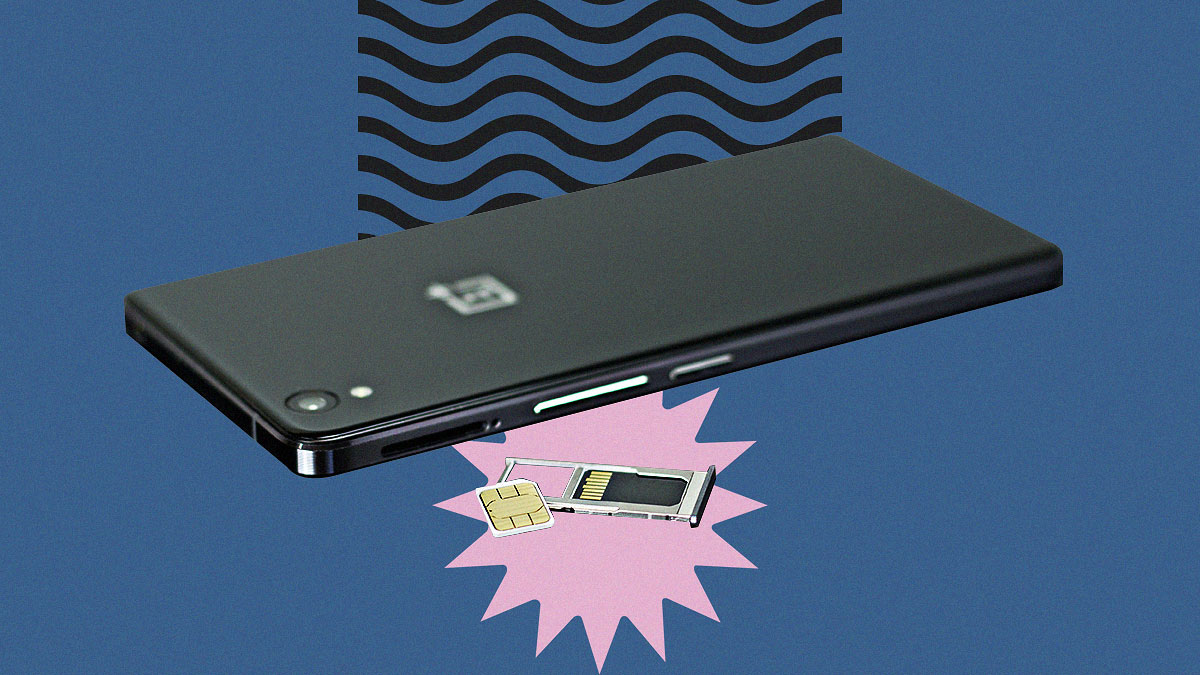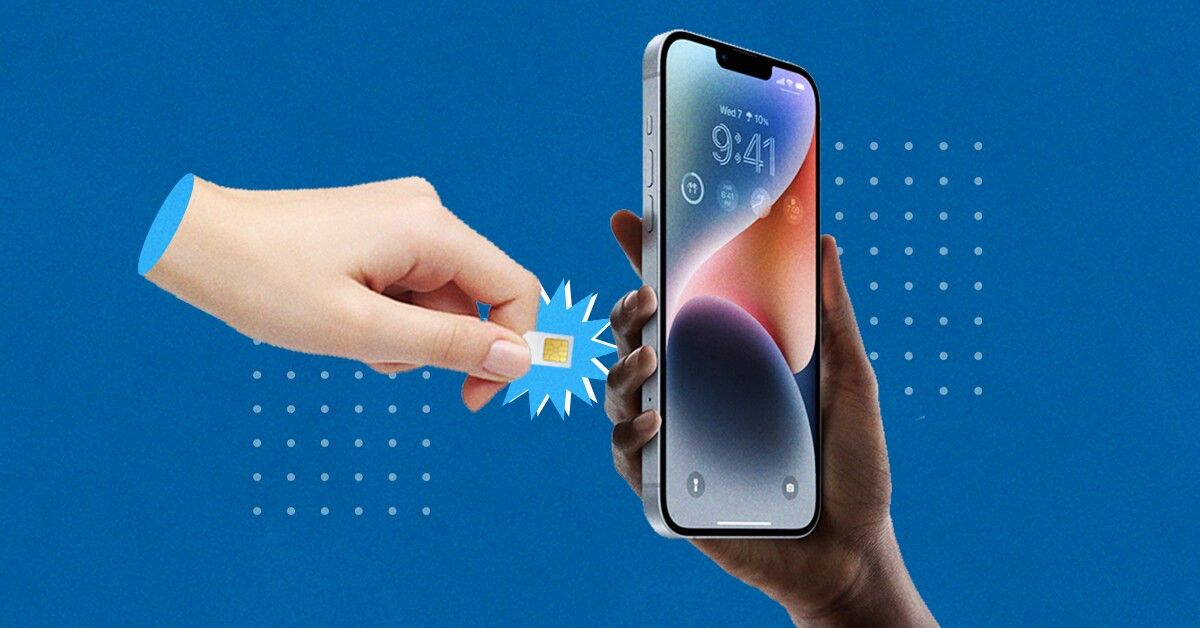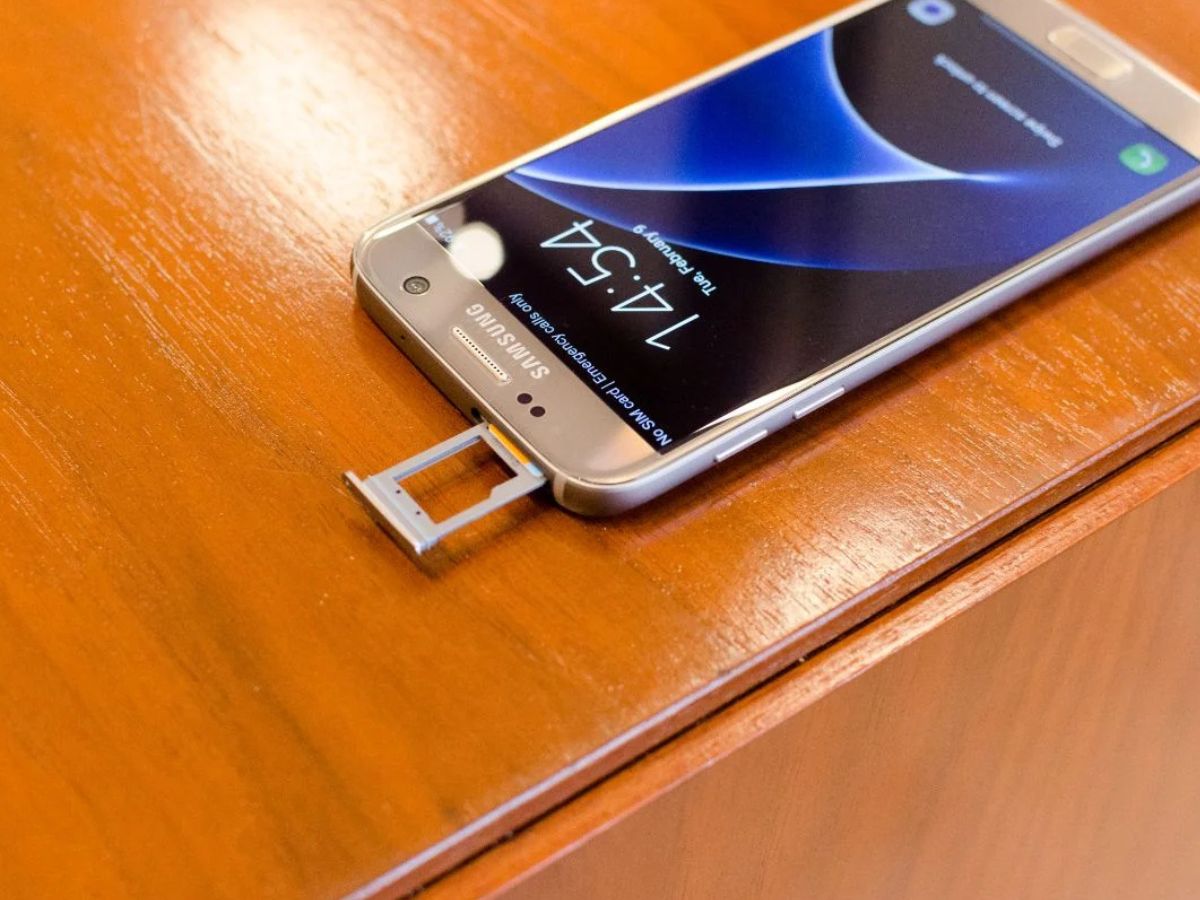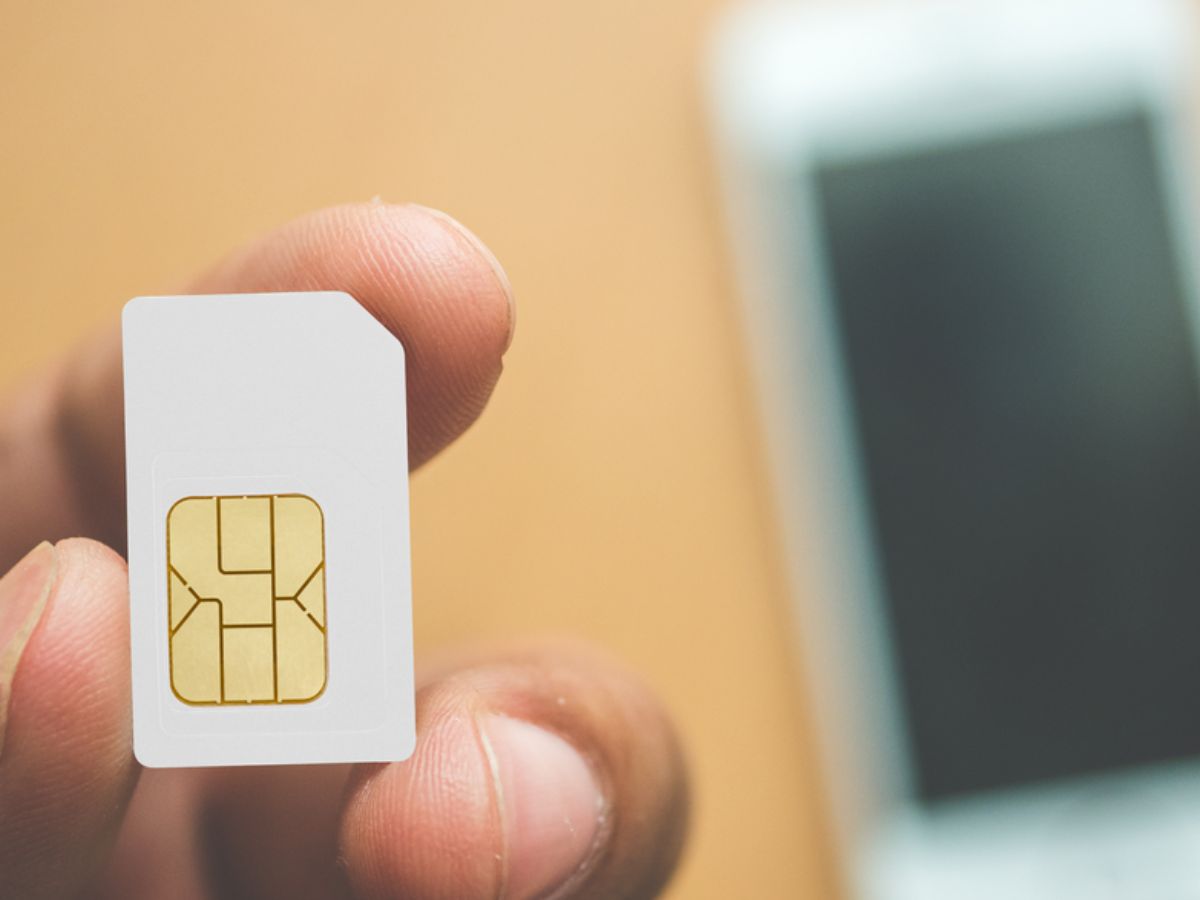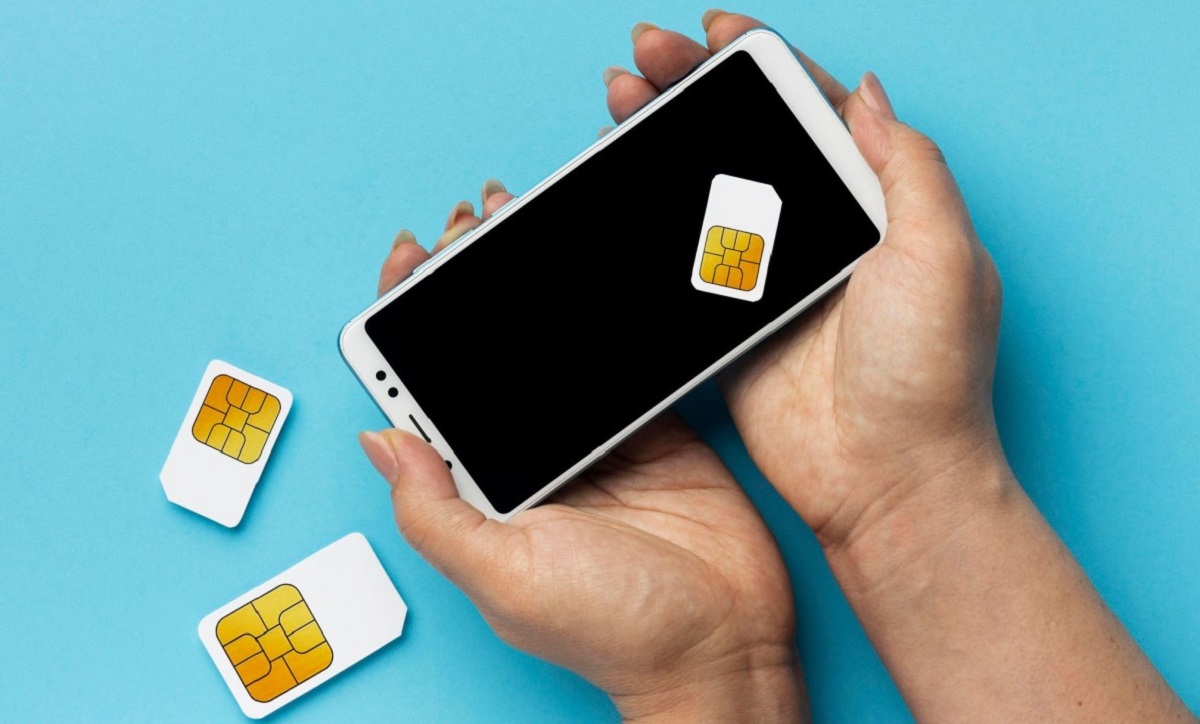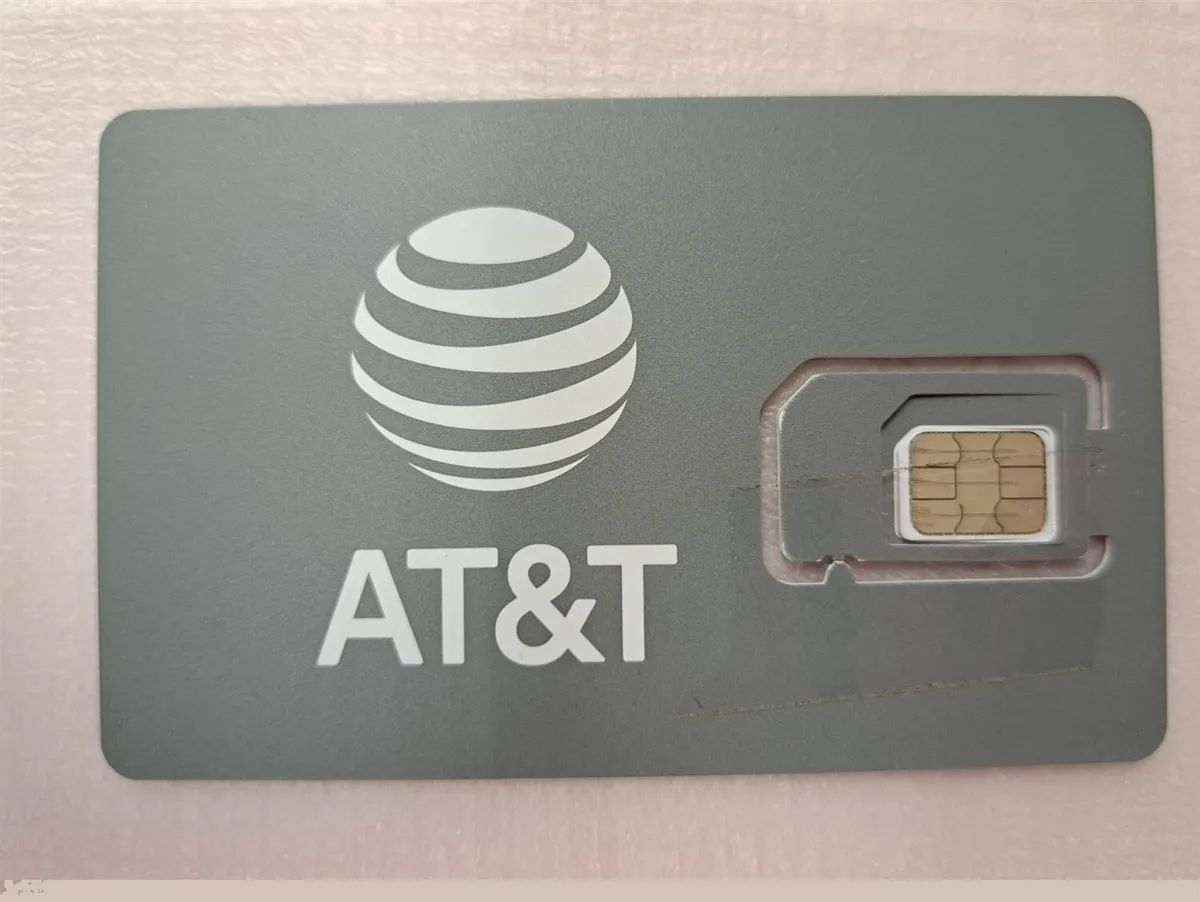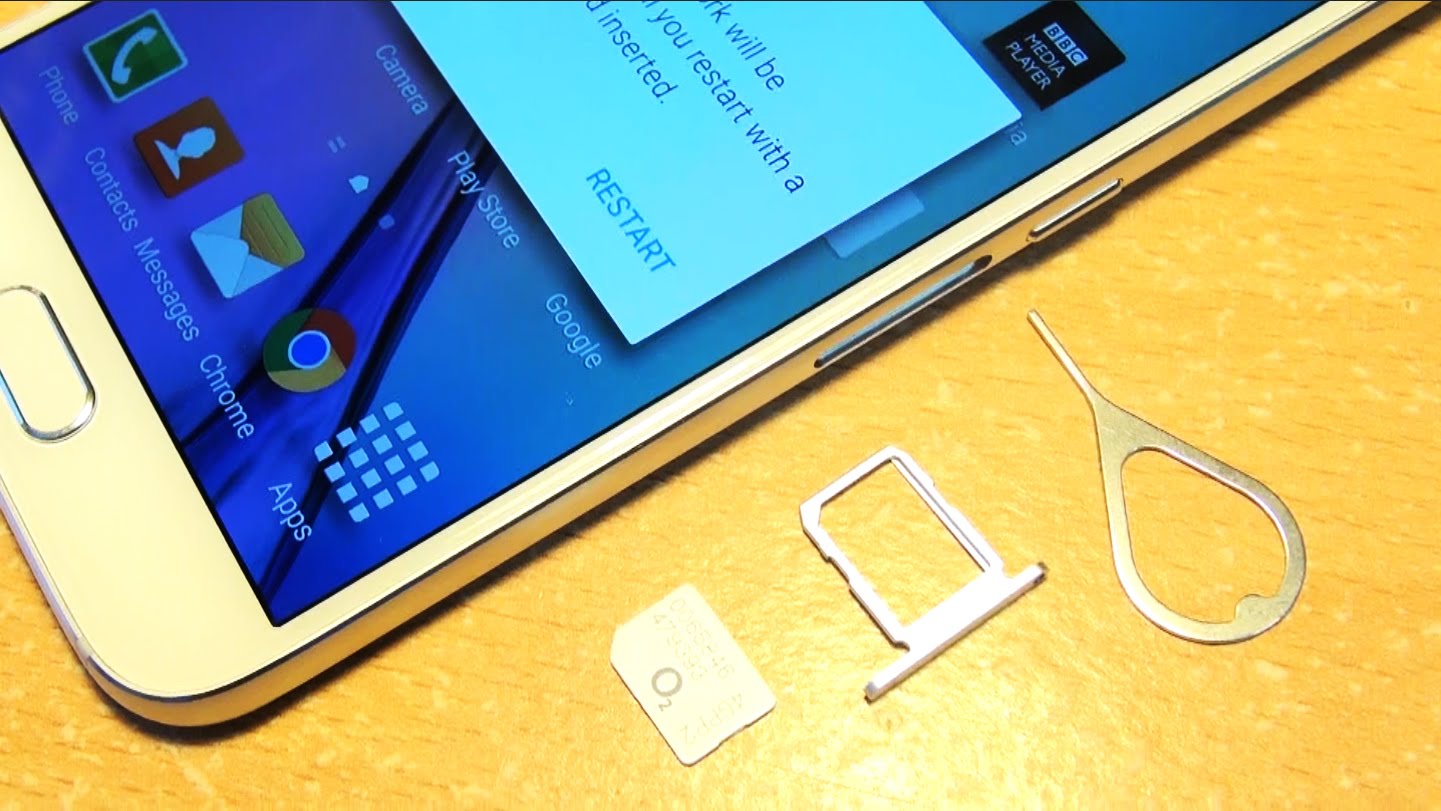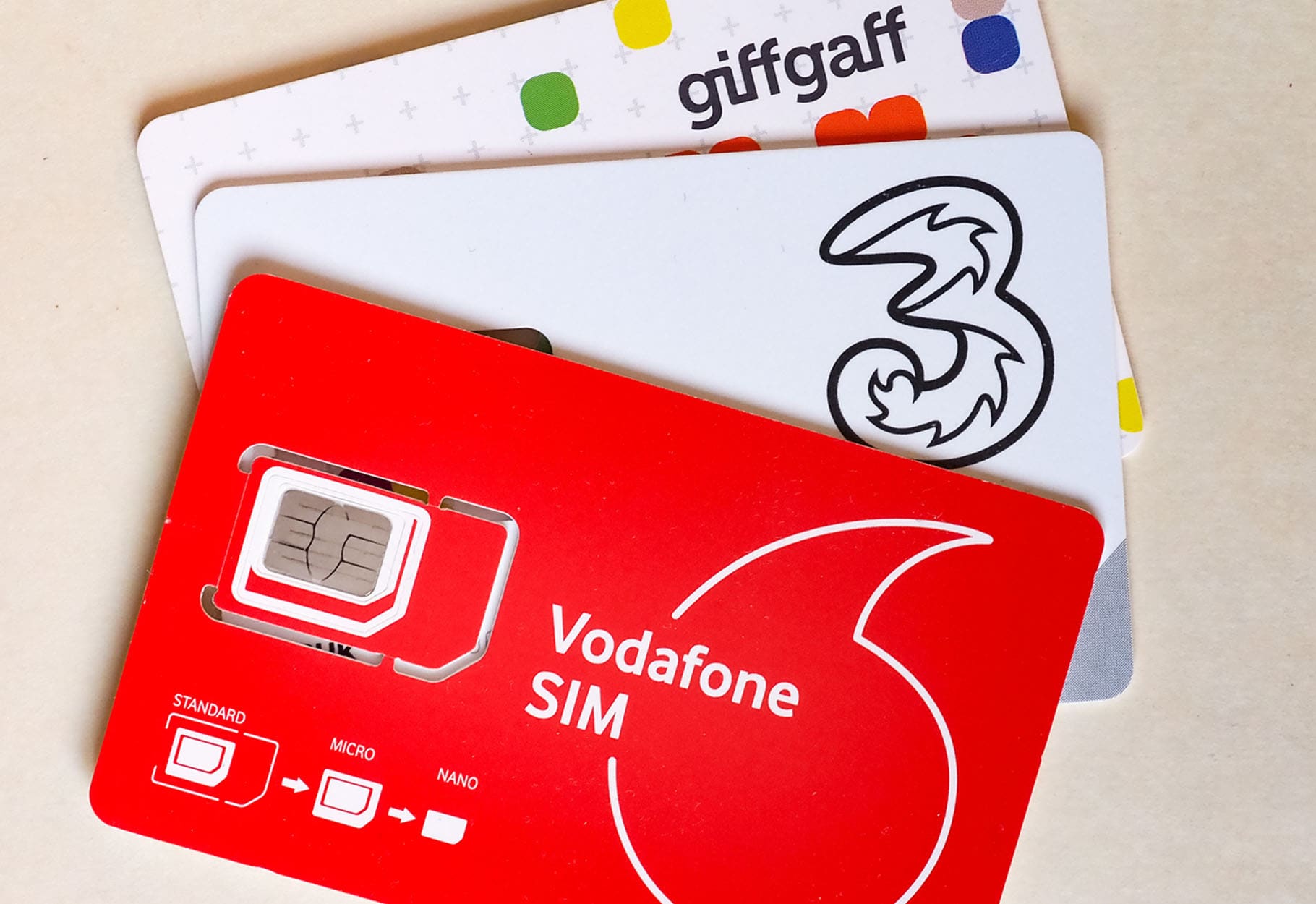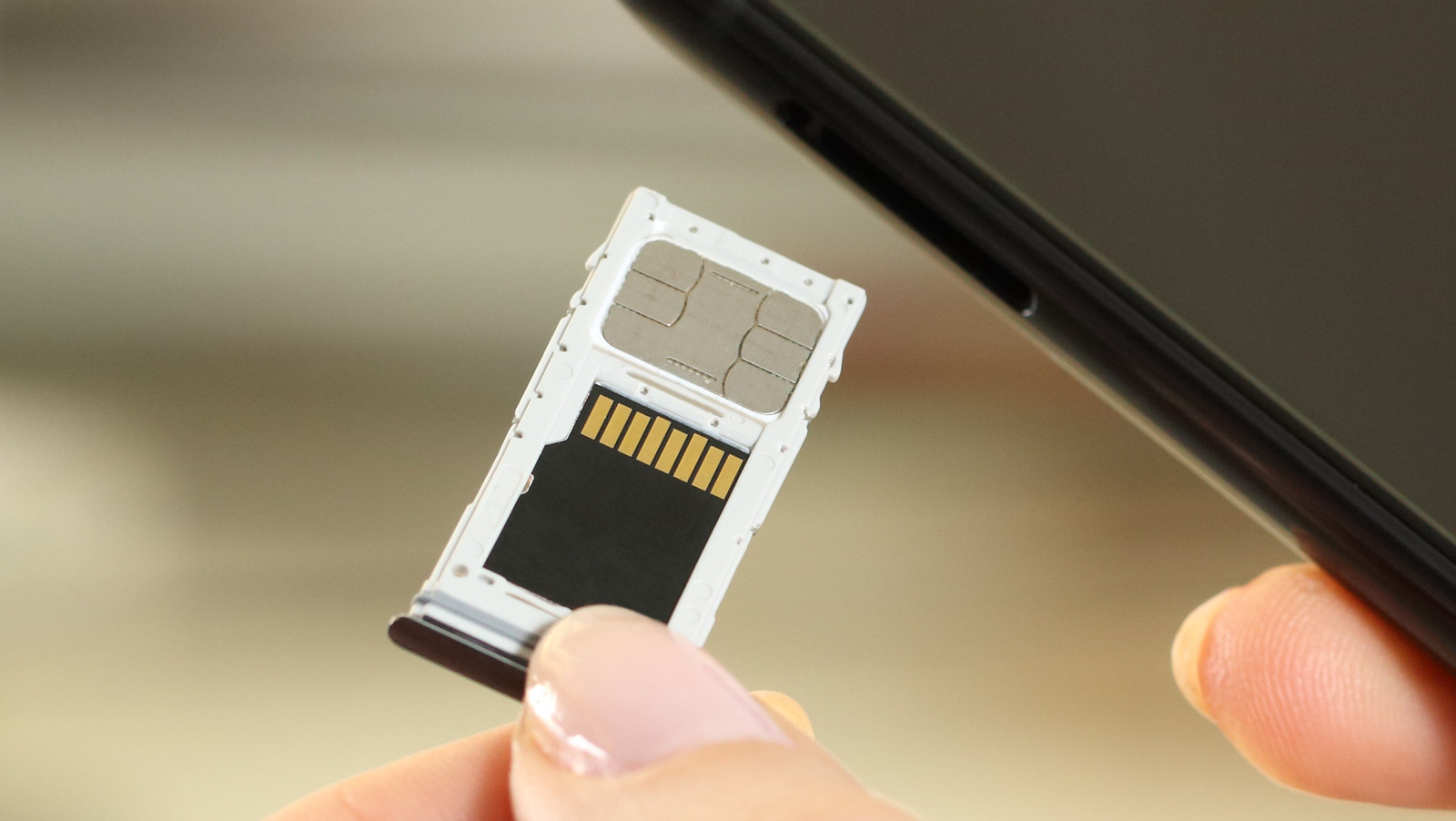Introduction
In today's digital age, mobile devices have become indispensable tools for communication, productivity, and entertainment. While traditional mobile phones relied on SIM cards to access cellular networks and data services, advancements in technology have paved the way for alternative methods of accessing data without a SIM card. This comprehensive guide aims to explore the various techniques, benefits, and considerations associated with accessing data on mobile devices without the need for a SIM card.
As the reliance on mobile connectivity continues to grow, the ability to access data without a SIM card has become increasingly relevant and valuable. Whether you're traveling internationally, using a secondary device, or simply seeking flexibility in data access, understanding the available options can empower you to make informed decisions and maximize the utility of your mobile devices.
In the following sections, we will delve into the intricacies of accessing data without a SIM card, exploring the underlying technologies, methods, and practical considerations. By gaining insights into these alternative data access approaches, you will be better equipped to navigate the evolving landscape of mobile connectivity and harness the full potential of your devices, regardless of SIM card availability.
Understanding Data Access Without a SIM Card
In the realm of mobile devices, the traditional model of data access has long been synonymous with SIM cards, which serve as the gateway to cellular networks and data services. However, the emergence of alternative methods has reshaped the landscape, offering users the ability to access data without relying on a physical SIM card.
At the core of this paradigm shift lies the convergence of technology and innovation. Evidently, the traditional SIM card, with its physical form and tie to specific carriers, has limitations in accommodating the diverse needs of modern mobile users. As a result, the development of eSIM (embedded SIM) technology has gained prominence, enabling devices to connect to cellular networks without the need for a physical SIM card. This digital SIM solution not only streamlines the activation and management of mobile plans but also facilitates seamless data access across various networks, enhancing flexibility and convenience.
Moreover, the proliferation of Wi-Fi connectivity has significantly expanded the horizons of data access, transcending the constraints of cellular networks. With Wi-Fi hotspots becoming ubiquitous in public spaces, homes, and businesses, mobile devices can leverage these networks to access data without reliance on a SIM card. This shift towards Wi-Fi-based data access not only offers cost-effective alternatives but also delivers enhanced speeds and coverage in certain environments, fostering a compelling proposition for users seeking versatile connectivity options.
Furthermore, the advent of mobile data tethering has empowered users to share their device's data connection with other devices, thereby enabling data access without the need for individual SIM cards. This capability, often facilitated through Bluetooth or Wi-Fi, enables seamless data sharing and access, fostering collaboration and connectivity across multiple devices without the constraints of physical SIM cards.
In essence, understanding data access without a SIM card encompasses a spectrum of technological advancements and alternative connectivity solutions that have redefined the traditional boundaries of mobile data access. By embracing eSIM technology, leveraging Wi-Fi connectivity, and harnessing the capabilities of mobile data tethering, users can transcend the limitations of physical SIM cards, unlocking a new realm of flexibility, convenience, and connectivity on their mobile devices.
Methods for Accessing Data Without a SIM Card
eSIM Technology
The advent of eSIM technology has revolutionized the landscape of data access, offering a seamless alternative to traditional SIM cards. Embedded directly into compatible devices, eSIMs facilitate connectivity to cellular networks without the need for physical SIM cards. This digital solution enables users to activate, manage, and switch between mobile plans with unprecedented ease, transcending the constraints associated with traditional SIM card logistics. By leveraging eSIM technology, users can access data on their mobile devices with enhanced flexibility and convenience, making it an increasingly popular choice for modern connectivity needs.
Wi-Fi Connectivity
The ubiquitous presence of Wi-Fi networks has emerged as a pivotal avenue for accessing data without reliance on SIM cards. With Wi-Fi hotspots prevalent in public spaces, residential areas, and commercial establishments, mobile devices can seamlessly connect to these networks, enabling high-speed data access without incurring cellular data charges. The versatility and cost-effectiveness of Wi-Fi connectivity make it an attractive option for users seeking alternative data access methods, especially in environments where cellular coverage may be limited or cost-prohibitive.
Mobile Data Tethering
Mobile data tethering empowers users to share their device's data connection with other devices, thereby facilitating data access without the need for individual SIM cards. This capability, often facilitated through Bluetooth or Wi-Fi, enables seamless data sharing and access, fostering collaboration and connectivity across multiple devices. Whether it involves sharing a smartphone's data connection with a tablet or enabling internet access on a laptop, mobile data tethering offers a practical and efficient method for accessing data without relying on traditional SIM cards.
Virtual Private Networks (VPNs)
In addition to eSIM technology, Wi-Fi connectivity, and mobile data tethering, the use of Virtual Private Networks (VPNs) presents another avenue for accessing data without a SIM card. By establishing secure and encrypted connections over public or private networks, VPNs enable users to access data while safeguarding their privacy and security. This method is particularly valuable when accessing sensitive information or when seeking to circumvent geographical restrictions, underscoring the diverse applications of VPNs in enabling data access without the constraints of traditional SIM cards.
Incorporating these methods into your mobile connectivity strategy can expand your data access capabilities, providing flexibility, cost-efficiency, and enhanced connectivity options without the reliance on physical SIM cards. Whether it involves embracing eSIM technology, leveraging Wi-Fi connectivity, harnessing mobile data tethering, or utilizing VPNs, these methods offer a diverse array of options to suit varying data access needs and preferences.
Pros and Cons of Accessing Data Without a SIM Card
Accessing data without a SIM card presents a myriad of advantages and considerations, each bearing significant implications for users seeking alternative connectivity solutions. Understanding the pros and cons of this approach is essential for making informed decisions and optimizing the utility of mobile devices.
Pros
-
Flexibility and Convenience: By leveraging eSIM technology, Wi-Fi connectivity, and mobile data tethering, users can enjoy unparalleled flexibility and convenience in accessing data without the constraints of physical SIM cards. This flexibility extends to the seamless activation and management of mobile plans, enabling users to switch between carriers and plans with ease, all within the digital realm of eSIM technology.
-
Cost-Efficiency: Wi-Fi connectivity and mobile data tethering offer cost-effective alternatives to traditional cellular data access. By capitalizing on Wi-Fi hotspots and sharing data connections across multiple devices, users can mitigate cellular data charges and leverage existing network infrastructures, resulting in potential cost savings.
-
Enhanced Coverage and Speed: Wi-Fi connectivity, in particular, provides access to high-speed data in various environments, complementing or even surpassing the coverage and speed offered by cellular networks. This expanded coverage is especially valuable in areas where cellular reception may be limited or unreliable.
-
Device Versatility: Accessing data without a physical SIM card enhances device versatility, as users can seamlessly switch between devices without the need to transfer or acquire individual SIM cards. This flexibility is particularly beneficial for individuals who utilize multiple devices or frequently switch between primary and secondary devices.
-
Security and Privacy: The use of Virtual Private Networks (VPNs) in data access without a SIM card can bolster security and privacy. VPNs encrypt data transmissions, safeguarding sensitive information and mitigating privacy risks, particularly when accessing data over public Wi-Fi networks.
Cons
-
Device Compatibility: While eSIM technology is gaining traction, not all devices are equipped with eSIM capabilities, potentially limiting the accessibility of this alternative data access method. Additionally, compatibility with carriers and network infrastructures may vary, impacting the availability of eSIM-enabled plans.
-
Reliance on Wi-Fi Availability: The reliance on Wi-Fi connectivity for data access without a SIM card is contingent upon the availability of Wi-Fi hotspots. In environments with limited or absent Wi-Fi coverage, users may encounter challenges in accessing data, particularly when outside the range of traditional cellular networks.
-
Battery Consumption: Mobile data tethering, a method for sharing data connections, can contribute to increased battery consumption on the host device. This consideration is particularly relevant for users seeking prolonged data access without access to charging facilities.
-
Security Risks: While VPNs offer enhanced security, the reliance on public Wi-Fi networks for data access without a SIM card introduces potential security risks. Users must exercise caution and employ robust security measures when accessing sensitive information over public Wi-Fi connections.
-
Regulatory and Geographical Limitations: The availability and regulatory support for eSIM technology, Wi-Fi connectivity, and VPN usage may vary across geographical regions, potentially limiting the accessibility of these methods in certain locations.
By weighing these pros and cons, users can make informed decisions regarding the utilization of alternative data access methods without a physical SIM card, aligning their connectivity strategies with their unique needs, preferences, and operational environments.
Tips for Using Data Without a SIM Card
-
Evaluate Device Compatibility: Before embarking on data access without a SIM card, ensure that your device supports the necessary technologies, such as eSIM functionality and Wi-Fi connectivity. This evaluation is crucial for determining the viability of alternative data access methods and optimizing the compatibility of your device with diverse connectivity options.
-
Leverage eSIM Activation: If your device is equipped with eSIM capabilities, explore the process of activating and managing eSIM-based mobile plans. Familiarize yourself with the activation procedures offered by your preferred carriers, enabling you to seamlessly transition to eSIM-based data access and capitalize on the flexibility and convenience it affords.
-
Identify Wi-Fi Hotspots: When relying on Wi-Fi connectivity for data access, identify and leverage the availability of Wi-Fi hotspots in your operational environments. Whether in public spaces, residential areas, or commercial establishments, recognizing Wi-Fi hotspots empowers you to capitalize on high-speed data access without the reliance on traditional cellular networks.
-
Optimize Mobile Data Tethering: If mobile data tethering is part of your data access strategy, optimize the settings and configurations for sharing your device's data connection with other devices. Familiarize yourself with the tethering options available on your device, ensuring seamless data sharing and access across multiple devices, thereby maximizing the utility of this connectivity method.
-
Utilize VPNs for Enhanced Security: When accessing data without a SIM card over public Wi-Fi networks, consider employing Virtual Private Networks (VPNs) to bolster security and privacy. Explore reputable VPN services and configure secure connections, safeguarding your data transmissions and mitigating potential privacy risks associated with public Wi-Fi access.
-
Monitor Data Usage: Regardless of the data access method employed, monitor your data usage to avoid exceeding plan limits and incurring additional charges. Utilize built-in data monitoring tools or third-party apps to track your data consumption, enabling proactive management of your connectivity usage and ensuring cost-effective data access without unexpected overage fees.
-
Stay Informed on Regulatory Support: Stay informed about the regulatory landscape and geographical support for alternative data access methods. Understand the availability and regulatory nuances of eSIM technology, Wi-Fi connectivity, and VPN usage in your operational regions, ensuring compliance and accessibility for your chosen connectivity strategies.
By embracing these tips, users can navigate the realm of data access without a SIM card with confidence and efficacy, optimizing their connectivity experiences and harnessing the full potential of alternative data access methods.
Conclusion
In the dynamic landscape of mobile connectivity, the ability to access data without a SIM card has evolved from a niche concept to a compelling and practical reality. The convergence of eSIM technology, Wi-Fi connectivity, mobile data tethering, and Virtual Private Networks (VPNs) has redefined the traditional boundaries of data access, offering users a diverse array of methods to transcend the constraints of physical SIM cards and traditional cellular networks.
As users navigate the complexities of modern connectivity, the advantages and considerations associated with accessing data without a SIM card come to the forefront. The flexibility and convenience afforded by eSIM technology, coupled with the cost-efficiency and enhanced coverage of Wi-Fi connectivity, present compelling incentives for users seeking alternative data access methods. Moreover, the device versatility and security enhancements enabled by these methods underscore the multifaceted benefits of embracing alternative connectivity solutions.
However, it is essential to remain cognizant of the considerations and potential limitations associated with accessing data without a SIM card. Device compatibility, reliance on Wi-Fi availability, battery consumption during mobile data tethering, security risks, and regulatory/geographical limitations underscore the need for informed decision-making and proactive management of alternative data access strategies.
As users embrace the realm of data access without a SIM card, leveraging the tips and insights shared in this comprehensive guide can empower them to optimize their connectivity experiences. By evaluating device compatibility, leveraging eSIM activation, identifying Wi-Fi hotspots, optimizing mobile data tethering, utilizing VPNs for enhanced security, monitoring data usage, and staying informed on regulatory support, users can navigate the complexities of alternative data access with confidence and efficacy.
Ultimately, the landscape of mobile connectivity continues to evolve, and the methods for accessing data without a SIM card reflect the ongoing innovation and adaptability within the industry. By understanding the nuances, harnessing the available technologies, and embracing best practices, users can unlock the full potential of their mobile devices, irrespective of the presence of a physical SIM card, and embark on a seamless and versatile connectivity journey that aligns with their diverse needs and operational environments.







